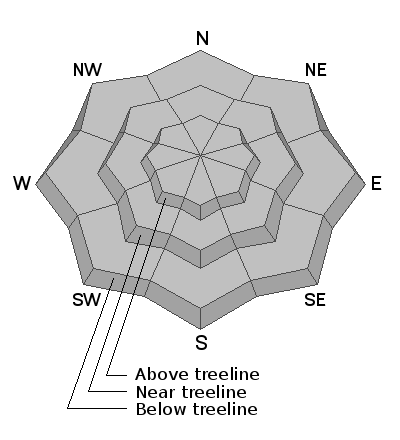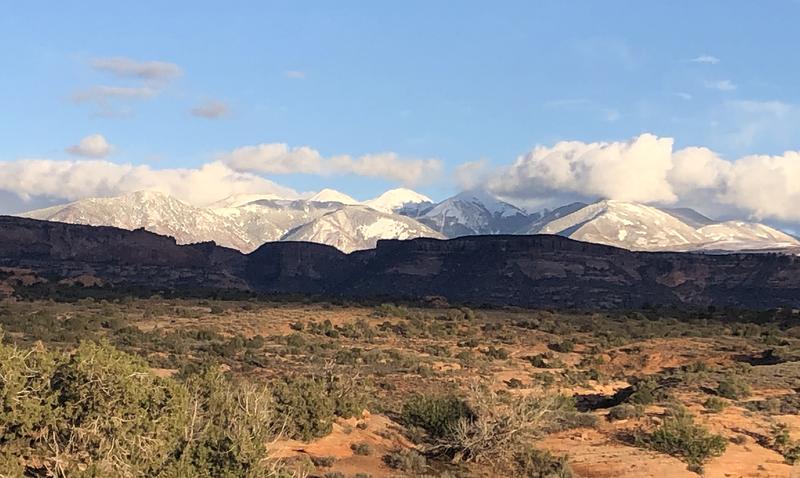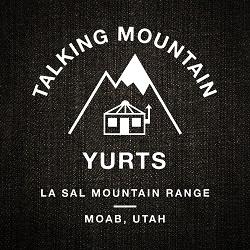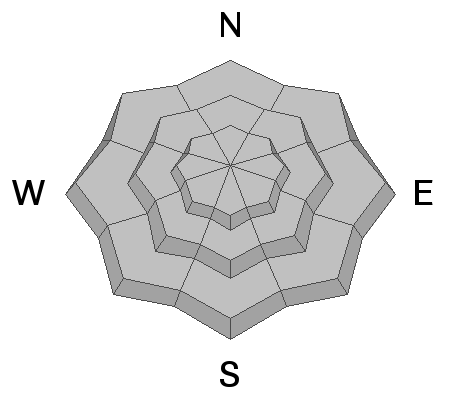Forecast for the Moab Area Mountains

Issued by Eric Trenbeath on
Saturday morning, October 30, 2021
Saturday morning, October 30, 2021
Enough snow exists in the high country to make human triggered avalanches possible. You are most likely to encounter an avalanche on steep, wind drifted, upper elevation, northerly facing slopes. The overall snowpack remains very shallow and triggered avalanches would likely be small but they could potentially knock you down and send you crashing into rocks. If you find yourself in the high country, avoid steep, wind drifted slopes and look for signs of instability such as recent small avalanches and cracking in the snow surface. Coverage remains very thin and the threat of injury from rocks, stumps, and deadfall is real. Stick to grassy, lower angle slopes.

Low
Moderate
Considerable
High
Extreme
Learn how to read the forecast here





